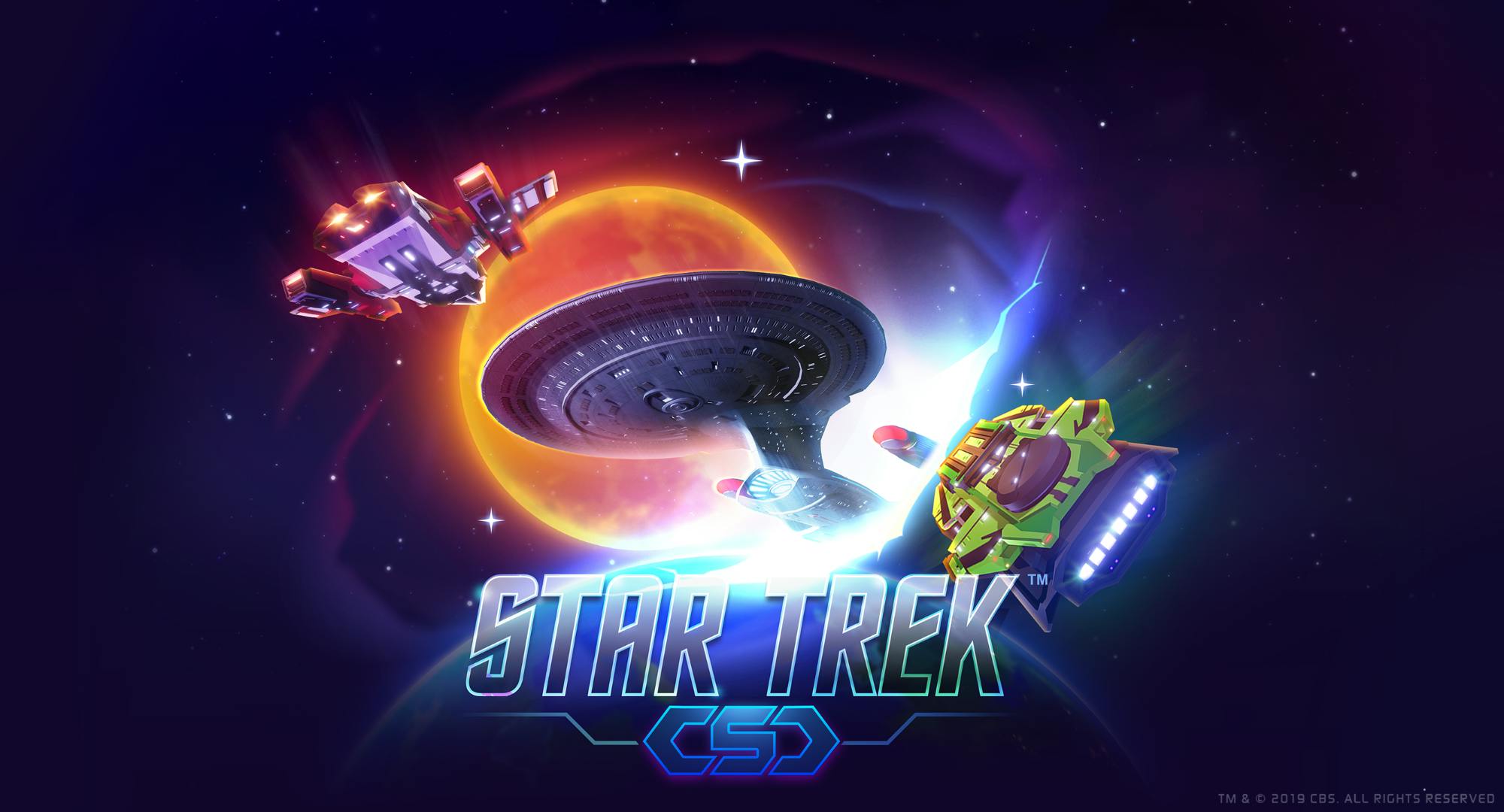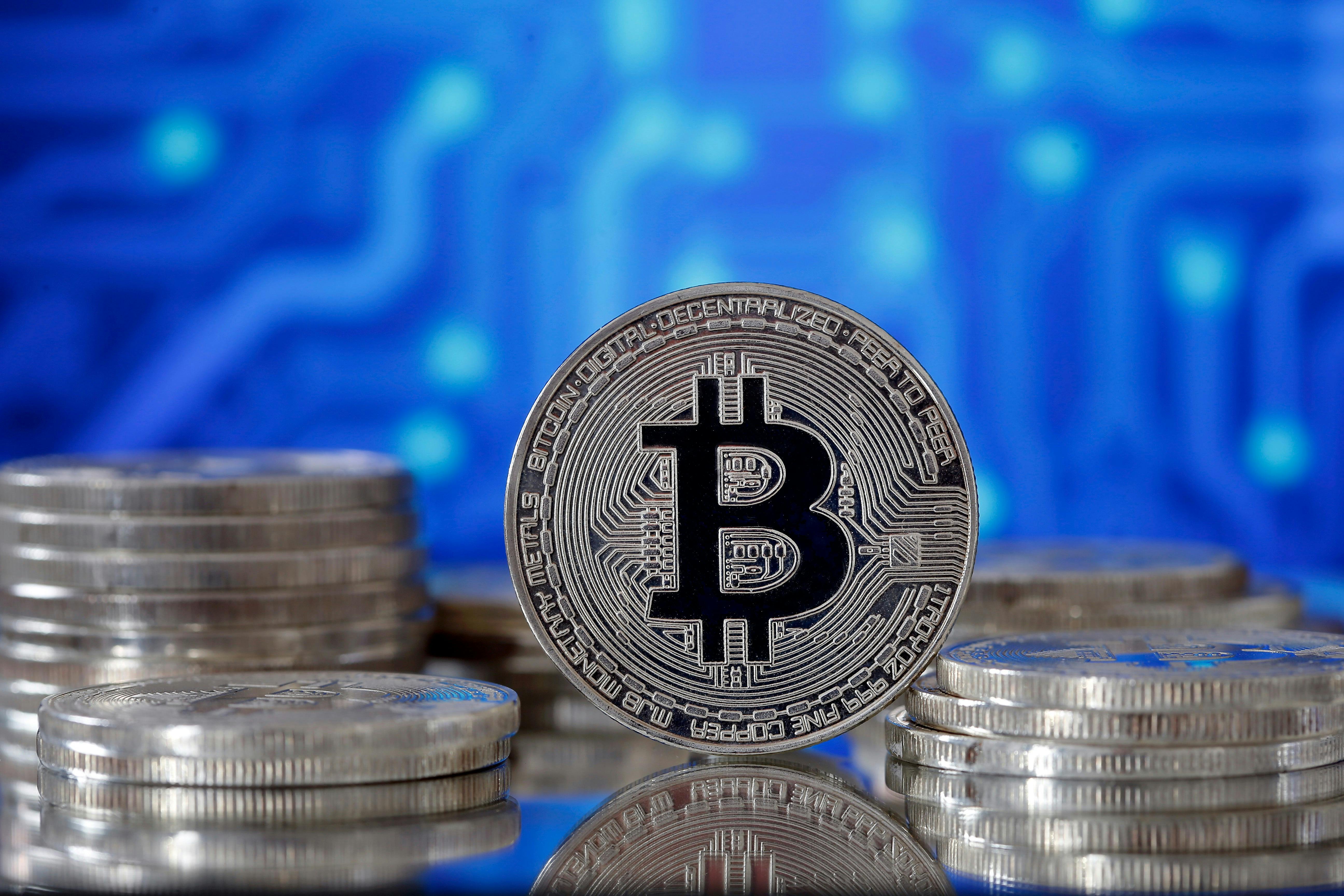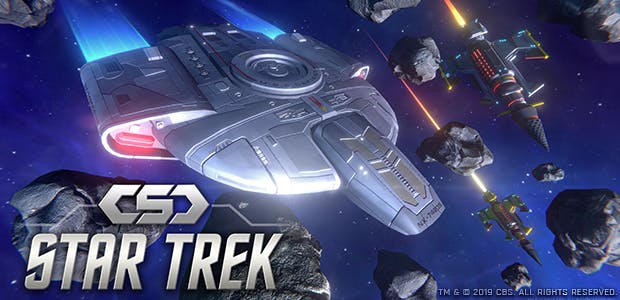Published Aug 29, 2019
Blockchain Technology Comes to the 'Trek' Universe
Iconic Trek ships to be digitally minted, cryptographically secured, and provided in a limited supply enforced by the Ethereumblockchain as ERC-721 items.

Lucid Sight
Blockchain technology is well known for introducing Bitcoin, the popular digital cryptocurrency, but some of its lesser-known use cases will change the way we perceive digital ownership in the future.
Star Trek and Blockchain
The Star Trek universe is known for its advanced technologies, some of which are already coming to fruition. One such technology, while never directly mentioned in the fiction - well, it might have been, but we will get to that later - is likely the technological foundation behind Federation Credits and the more popularly known Ferengi Gold-pressed Latinum banking systems. This technology is known today as blockchain and Star Trek: Deep Space Nine’s beloved but “shady” Ferengi businessman, Quark, would no doubt have been a user of this technology to transact and ensure the contract integrity in his business ventures. The current Star Trek series have yet to mention blockchain tech, but that hasn’t stopped the adoption of blockchain technology into the Trek universe. Similar to the first releases of Trek toys in the 60’s and 70’s, in 2019 CBS Interactive and Lucid Sight will release the first generation of Star Trek True Digital Crypto Collectibles. Six iconic ships from the Trek universe will be digitally minted, cryptographically secured, and provided in a limited supply enforced by the Ethereumblockchain as ERC-721 items.
Beyond their value as collectibles, these Trek ships can be played within Lucid Sight’s game Crypto Space Commander, a space MMO sandbox that utilizes blockchain to power its Play To Own user economy. CBS Interactive and Lucid Sight will create the first ever Cross Universe Event temporally bridging the Star Trek and CSC Universes. After the event, these ships will continue to exist in the CSC universe and will conform to the blockchain enforced rules setup to govern CSC Play To Own economy. This means, just like a physical toy, a user can take the helm of ships in the CSC sandbox and fly into combat against other players’ ships and NPCs (Non-player Characters) in the universe. They can even be destroyed completely in the depths of lawless (a/k/a Fringe) space. With the characteristics of True Digital ownership, blockchain enforced scarcity, potential digital loss/destruction, and a limited supply, one can expect these first-generation Star Trek Digital Collectible ships to make very unique collectibles.
But to fully understand why this is such a monumental moment in digital entertainment, let's talk a bit about what blockchain is, how it affects us in the world today and how it might have affected the Trek universe.
What is a blockchain?

Chesnot/Getty
Simply put, blockchain is hosted on a distributed network of global computers which make decisions and store data in “blocks” based on the consensus of a cryptographic principle. This principle is considered the “chain” that binds the blocks together. Each block contains a timestamp and a link to the previous block forming a chain - hence the term blockchain. What’s unique is that the database is not managed by a single body, but instead everyone in the network gets a copy of and has access to the whole database. Each block created perpetually exists and new blocks are added to the ledger, making the manipulation of documents and other information impossible. Blockchain technology is primarily used today as the foundation of the world's most popular cryptocurrencies, Bitcoin & Ethereum. While Cryptocurrencies have been the initial use case, the creation of the “smart-contract” (i.e. simple programs that can be run on a blockchain) has opened the doors for this technology to impact everything from ticketing, inventory control, collectibles, and even games.
What is Cryptocurrency?
The first true use case of blockchain technology was the creation of the Bitcoin cryptocurrency. Bitcoins are fundamentally a digital entry in a global distributed ledger that is able to operate transactions with no central authority. It cannot be turned off and transactions made on the “chain” cannot be modified. Where traditional currencies typically require a nation or government to regulate and set its value, the worth of a cryptocurrency is typically defined by its scarcity of supply and the algorithmically determined inflation of it. With Bitcoin, for example, the total supply of all bitcoin that can ever exist is fixed to 21 million. After that amount is distributed, no more bitcoin can be created. The distribution of bitcoin is done through a process called “mining.” Mining is the term used for computers processing bitcoin transactions allowing “miners” to earn bitcoins by solving complex mathematical problems associated with a particular “block” of data. The first “miner” to solve the problem wins the reward for processing the transaction associated with that block. Currently, the processing reward is set to 12.5 bitcoin (or ~$130,000 when 1 Bitcoin was valued at $11,000 USD).
While Bitcoin was the first cryptocurrency to gain popular acceptance, other currencies such as Litecoin, Dogecoin, and Ethereum soon followed. Ethereum, currently the #2 cryptocurrency by market cap, introduced a feature known as “smart contracts” that fundamentally changed and expanded what is now possible with blockchain technology.
Smart Contracts & Digital Ownership

StarTrek.com
The Ferengi 17th rule of acquisition states that “contract, is a contract, is a contract… but only between Ferengi.” But the invention of the blockchain secured “smart contract” might be Quark’s worst nightmare. Smart Contracts are bits of instructions/code published on a blockchain that can process transactions through a set of instructions. With this system, a person can create trustless rules in a way that prevents changes or allows for limited changes by select individuals.
While the Trek universe does not explicitly reference blockchain technology in its lore, a race as distrustful as the Ferengi might have adopted a distributed self-validating and trustless system to conduct business among peers. This system of govern-less transactions is one of the strongest use cases for blockchain in support of a banking or transaction system.
Blockchain technology could also be the early formation of a unimatrix Collective of the Borg. The system of distributed computing and consensus done by blockchain software is not that dissimilar to the process in which the Collective operates.
While Federation Credits are mentioned only briefly, it is very likely that the United Federation of Planets, working under the new moneyless economy, would have no banking infrastructure supporting transactions of gold-pressed latinum. In such a case, the distributed self-regulating nature of a blockchain would be ideal to manage the money within this type of future economy.
New Age of Digital Toys

Lucid Sight
Since the launch of the smartphone touchscreen technology in June of 2007, we have seen the iPad replace some traditional toys for the holidays. While there’s been some pushback to the notion of the touchscreen renaissance, the closure of the brick and mortar giant Toys “R” Us confirmed that changes are still coming and “resistance is futile.” Blockchain technology now allows digital ownership of an item in the same way you can own a toy action figure or spaceship. You can buy, sell, trade or keep it as a collectible, but digital collectible assets have their own unique properties.
While blockchain tech is still in its infancy today, it's easy to use how it may affect the toy industry. This generation grew up with digital at their fingertips. They understand its value and associate worth to things such as streaks, badges, and video game achievements. In a previous generation, one may have shown similar feelings of accomplishments for stamp, coin or baseball card collecting. The advent of blockchain and its applications to digital items now makes not only digital ownership possible, but also makes it decentralized and trustless. Similar to not needing to have trust in anyone to hold onto your stamp collection, blockchain digital assets can always be secured independently from the company that created them in a secure, independent manner.
For Play To Own games like CSC, players not only have full ownership over their assets as ERC-721 non-fungible tokens, they can also play with them in the CSC game universe. Some digital items are prices at only a few dollars, but others have sold for much more, like the Sigma Battlecruiser which was auctioned for 41 Ethereum or $25,000. So, some digital collectibles are more like gold-pressed latinum than toys.
And always remember the Ferengi 102nd Rule of Acquisition: “Nature decays, but latinum lasts forever.”

